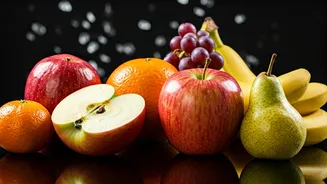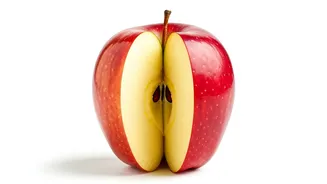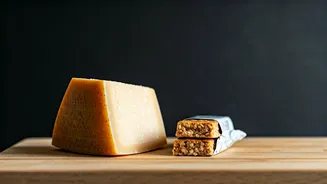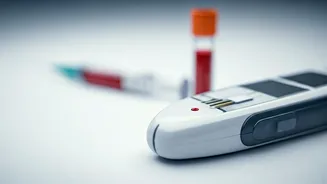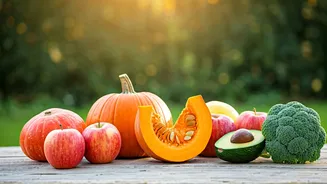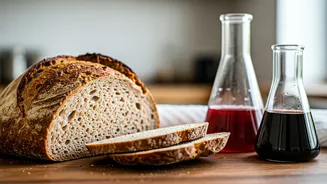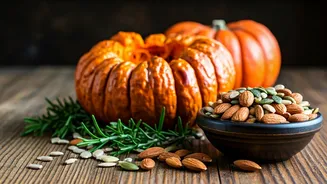Introduction to Spikes
Blood sugar levels fluctuate throughout the day, influenced by what we eat and drink. While some foods are obviously high in sugar, others are more deceptive.
These hidden sources often contain high amounts of carbohydrates or added sugars that lead to sudden blood glucose surges. This is particularly crucial for people with diabetes or those at risk. Recognizing these sneaky foods allows for adjustments in your diet to stabilize blood sugar, enhancing overall health and well-being. Knowing the impact of various foods on blood glucose levels empowers people to make informed dietary choices that benefit their health, helping prevent complications and maintain optimal health.
Processed Breakfast Cereals
Breakfast cereals are a breakfast staple, however, many varieties are laden with hidden sugars and refined carbohydrates. These ingredients cause a rapid rise in blood sugar immediately after consumption. Even cereals marketed as 'healthy' may contain significant amounts of added sugar. Always check the nutrition label carefully, paying close attention to the sugar and carbohydrate content per serving. Opt for cereals with low sugar and high fiber content. Choosing whole-grain options or adding fresh fruits and nuts provides a healthier start to the day. These alternatives provide sustained energy and help manage blood sugar levels more effectively, promoting better health over time. Careful attention to breakfast choices is key.
Sweetened Beverages: Beware!
Sugary drinks are notorious for their detrimental effects on blood sugar, and they are frequently consumed. This includes sodas, sweetened teas, fruit juices (even those labeled '100% juice'), and energy drinks. These beverages are packed with high amounts of sugar with minimal nutritional value. The quick absorption of sugars in liquid form results in a dramatic blood sugar spike. Switching to water, unsweetened tea, or naturally flavored water with fruits and herbs is a simple strategy. Limiting or eliminating sugary drinks can dramatically lower sugar intake, helping stabilize blood sugar levels. Educating yourself about these dangers helps you make better choices for improved health. These simple changes can bring considerable gains in health.
White Bread and Rice
Refined carbohydrates like white bread and white rice have a high glycemic index, causing rapid blood sugar increases. During the refining process, whole grains lose their fiber and essential nutrients, which speeds up digestion and sugar absorption. Substituting these foods with whole-grain alternatives like brown rice, quinoa, and whole-wheat bread can significantly reduce blood sugar spikes. These alternatives have more fiber, helping to slow down glucose absorption and providing a feeling of fullness. Making these simple swaps can have a big impact. Careful attention to food choices aids in achieving and maintaining stable blood sugar levels. This strategy can reduce health risks in a long term.
Flavored Yogurt and Snacks
Flavored yogurts and certain snack foods often contain high levels of added sugars that are not always obvious. These sugars are added to enhance taste and can significantly impact blood sugar control. Examine the ingredients list for added sugars, such as sucrose, high-fructose corn syrup, and dextrose. If your yogurt is flavoured, check the nutrition facts for sugar content, and consider plain yogurt with added fresh fruit or a small serving of nuts. Snacks, such as granola bars, are also frequently loaded with sugar, so look for lower-sugar alternatives that contain fiber and protein. Being vigilant about food choices aids you in maintaining control of your blood sugar levels and improving your overall well-being. This will lead to better health.
